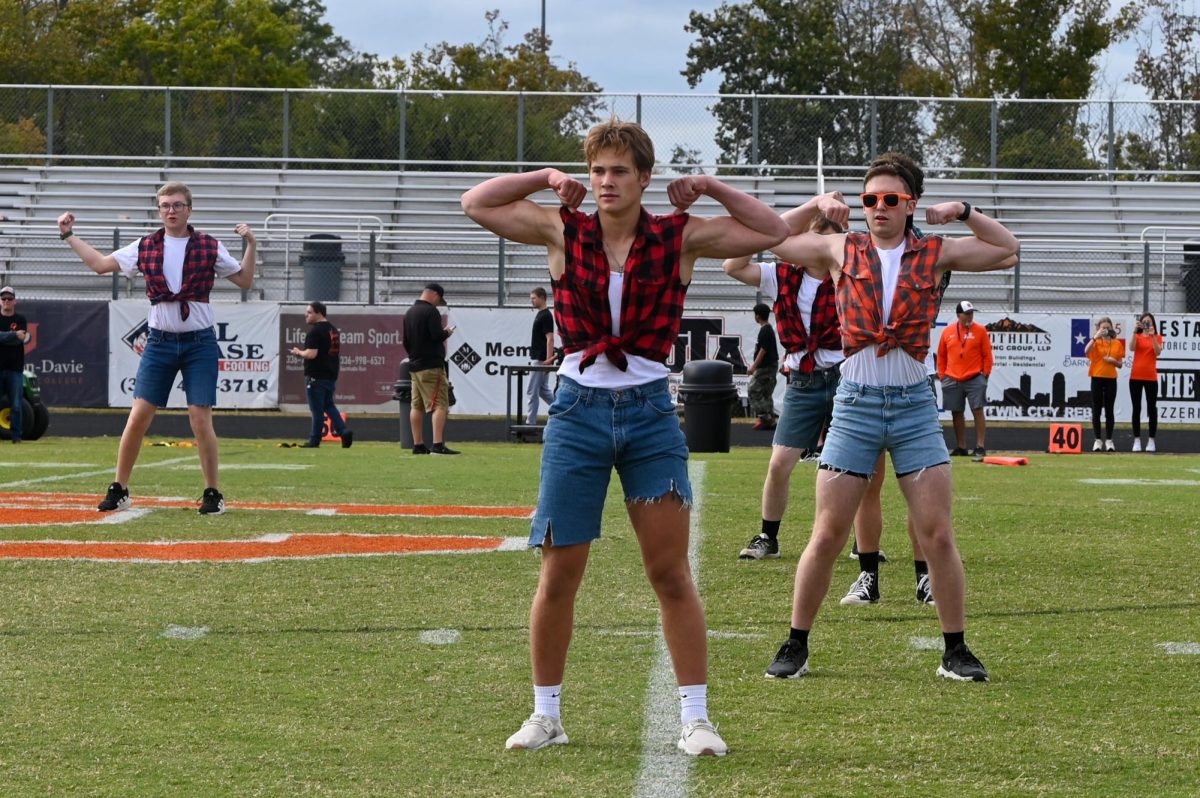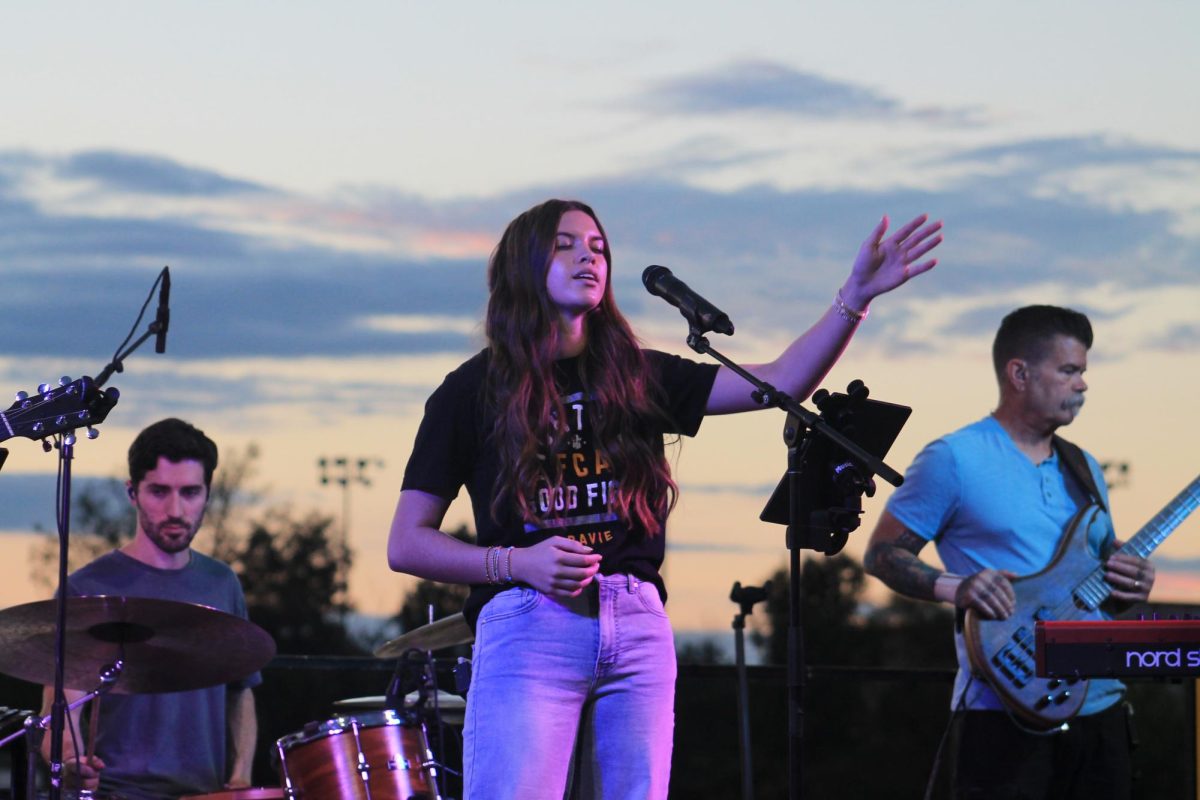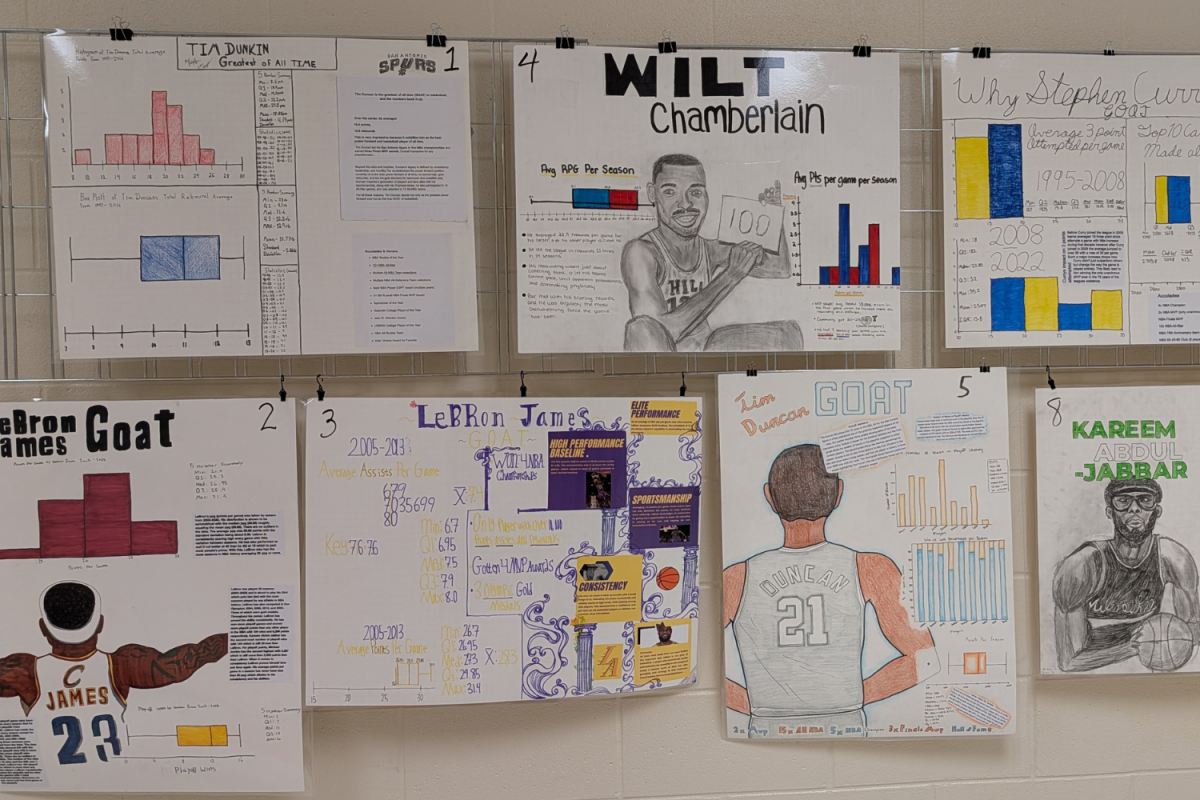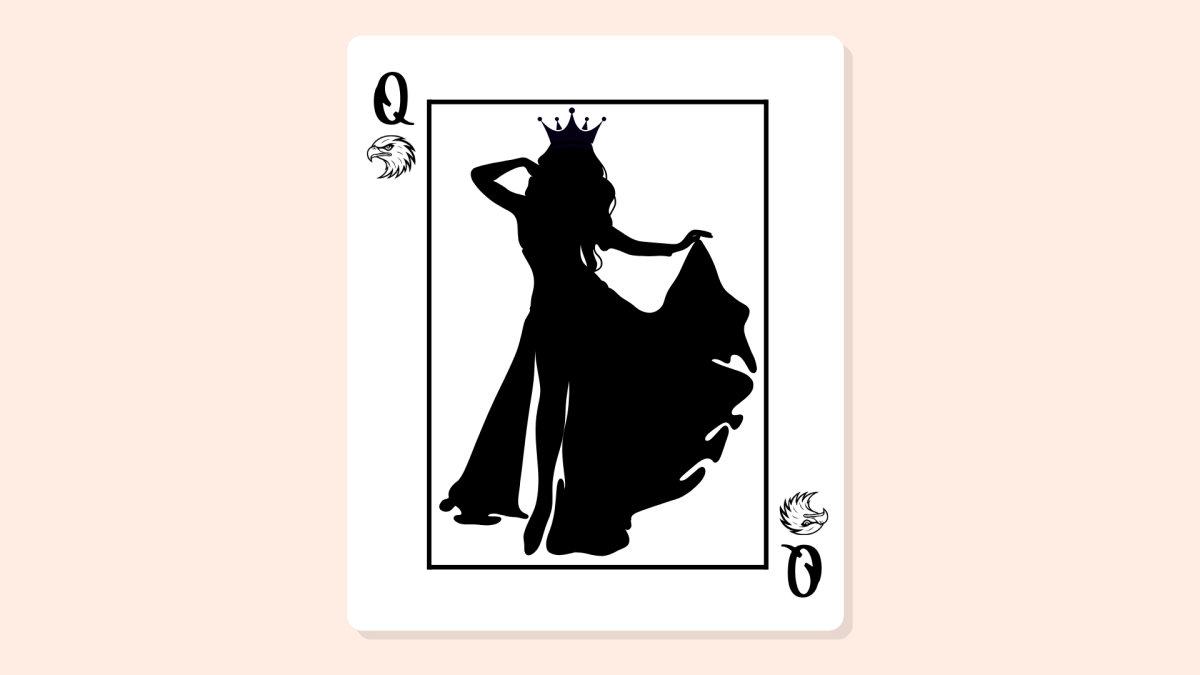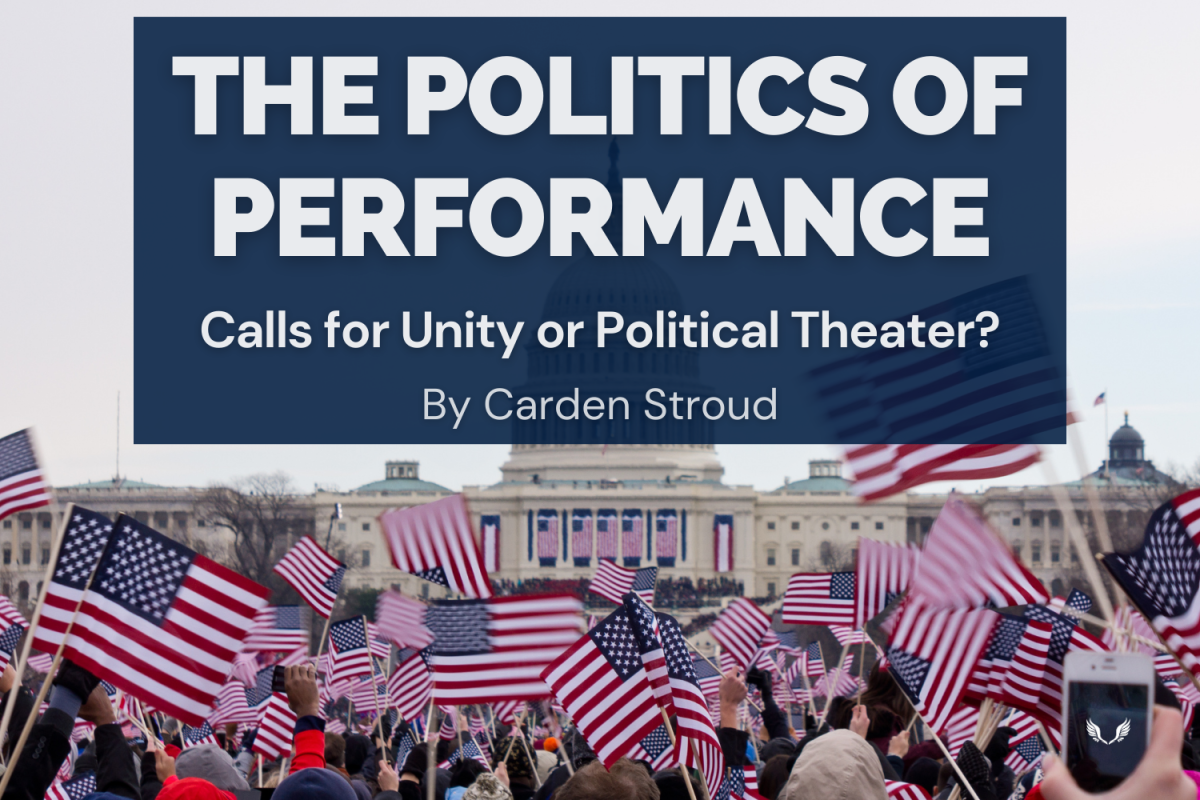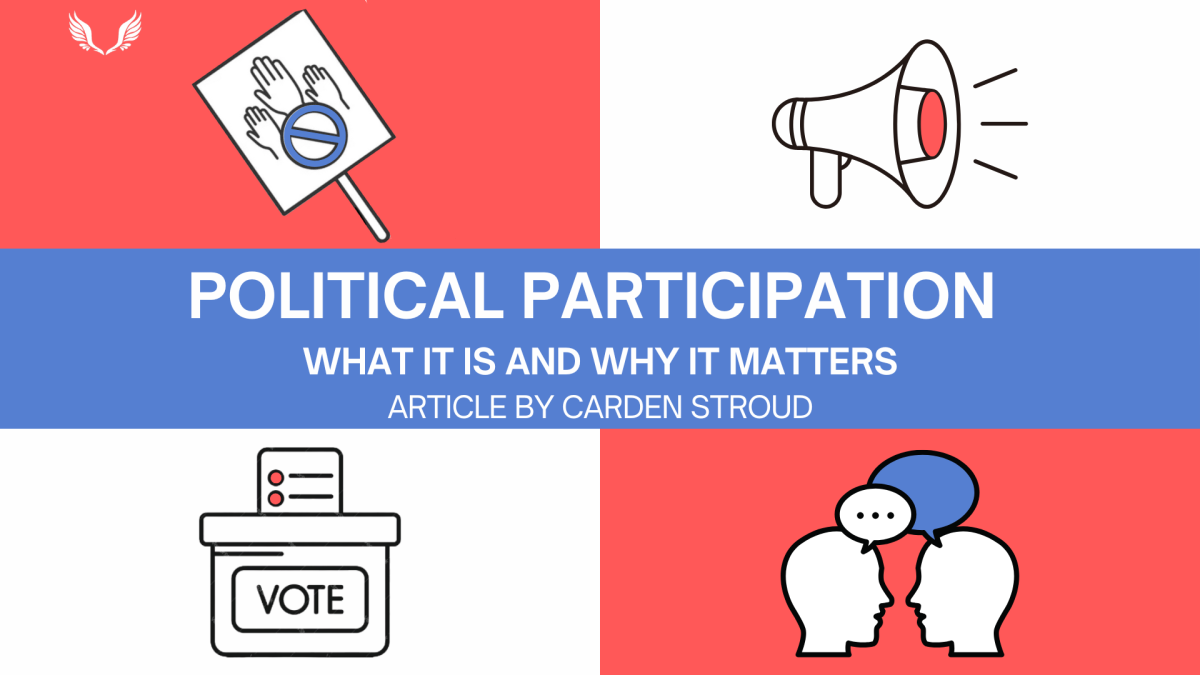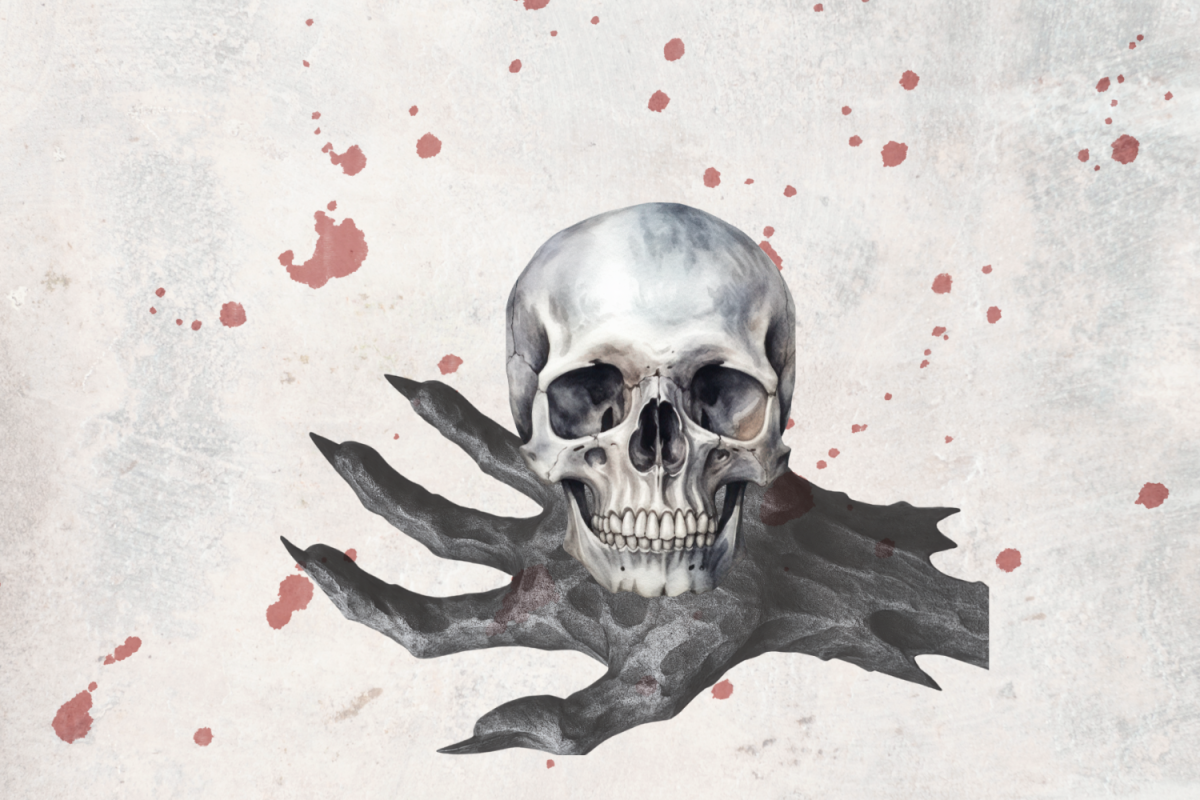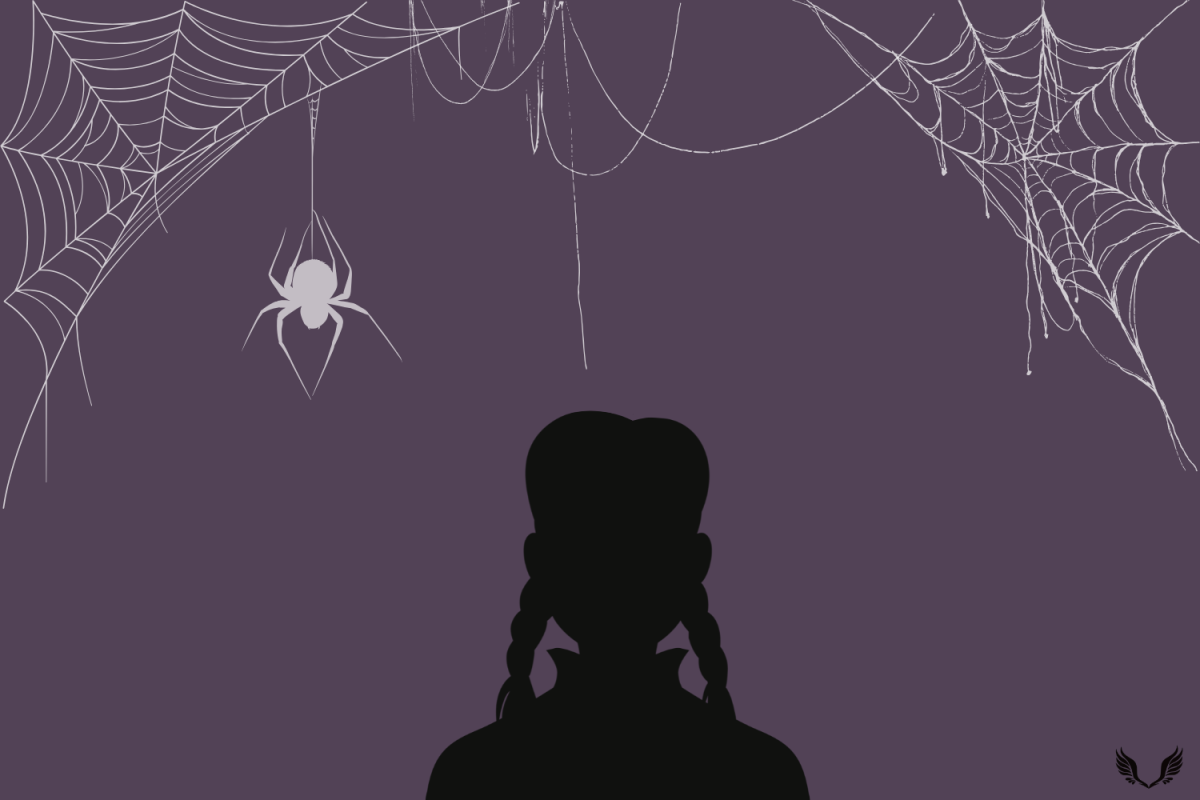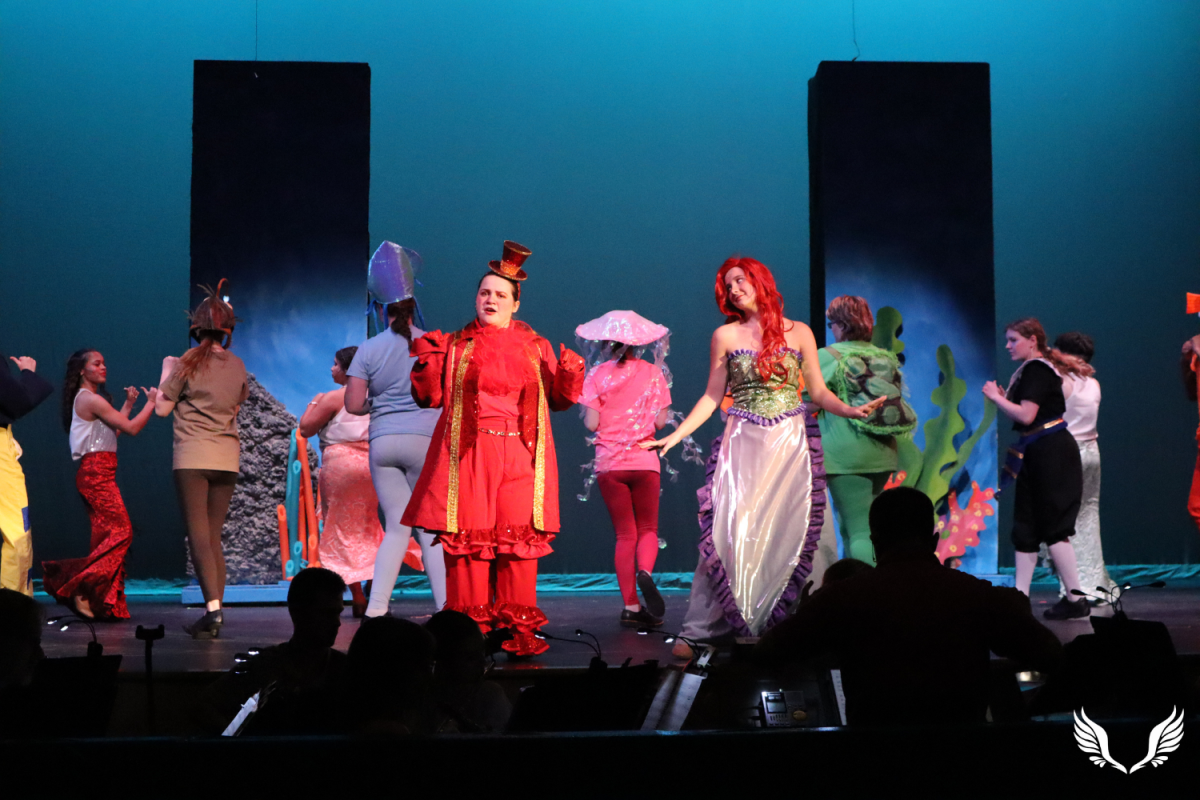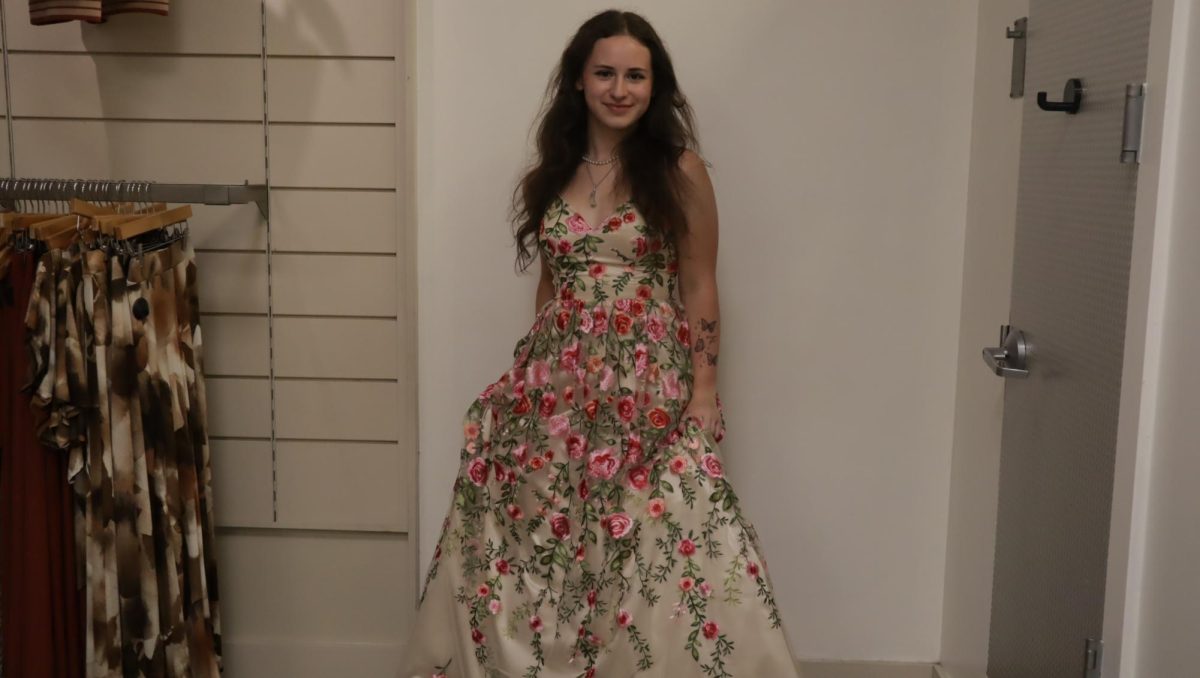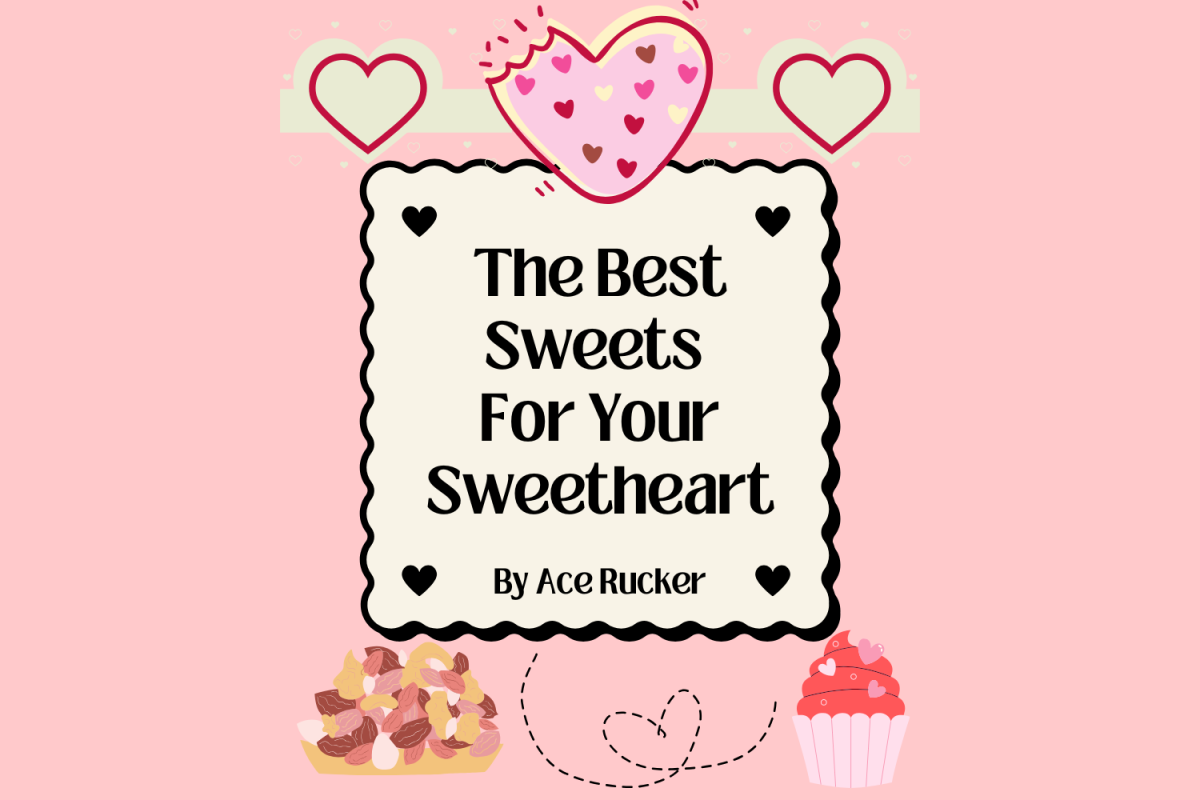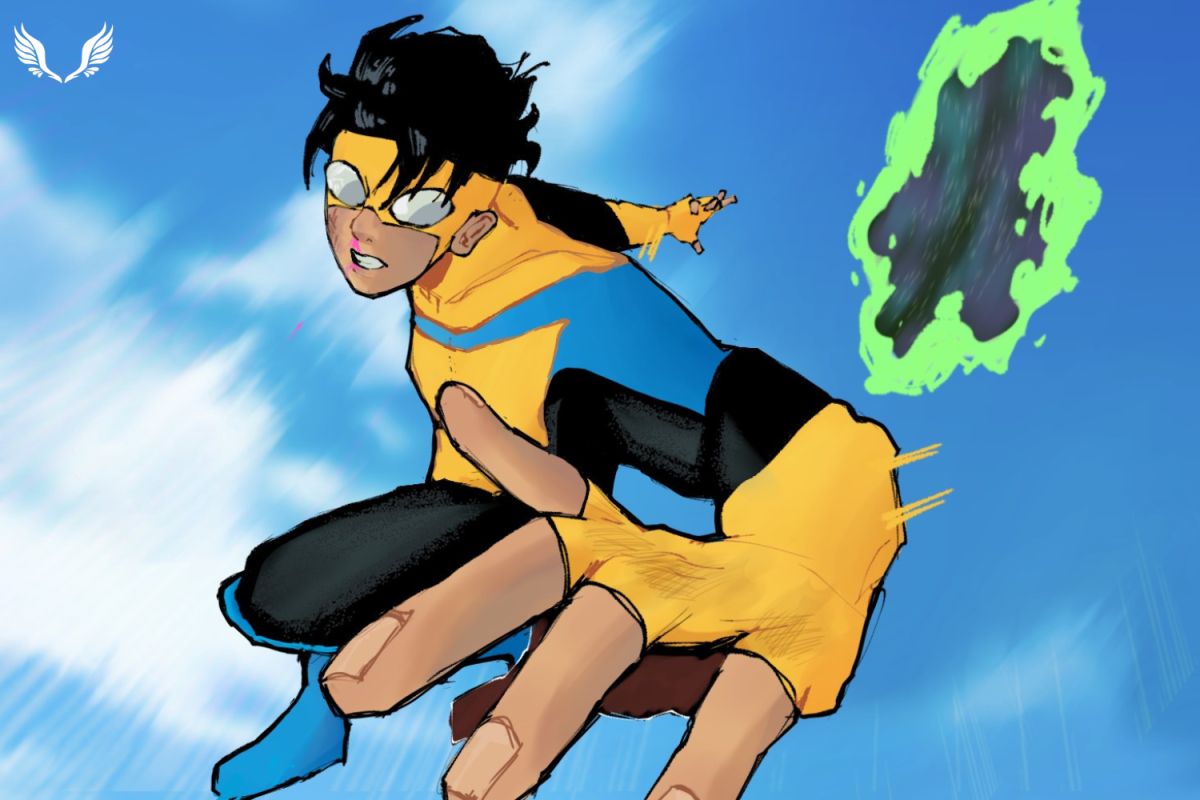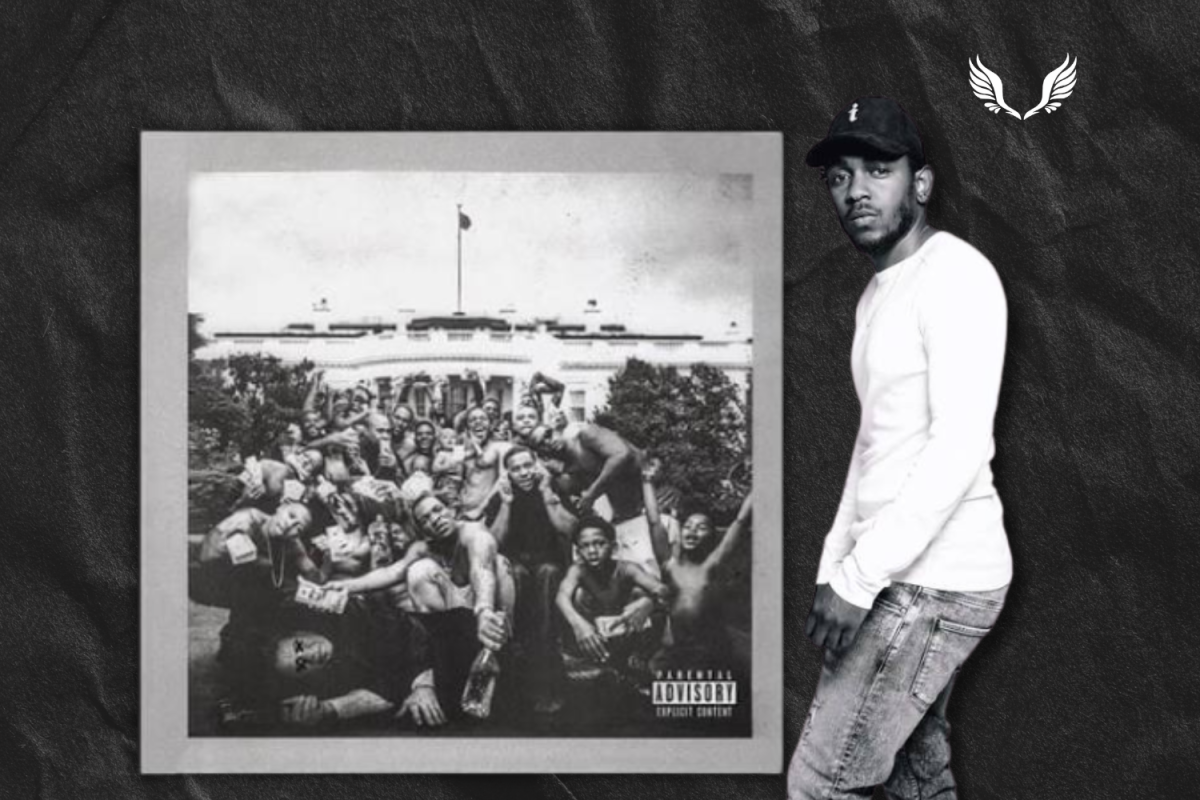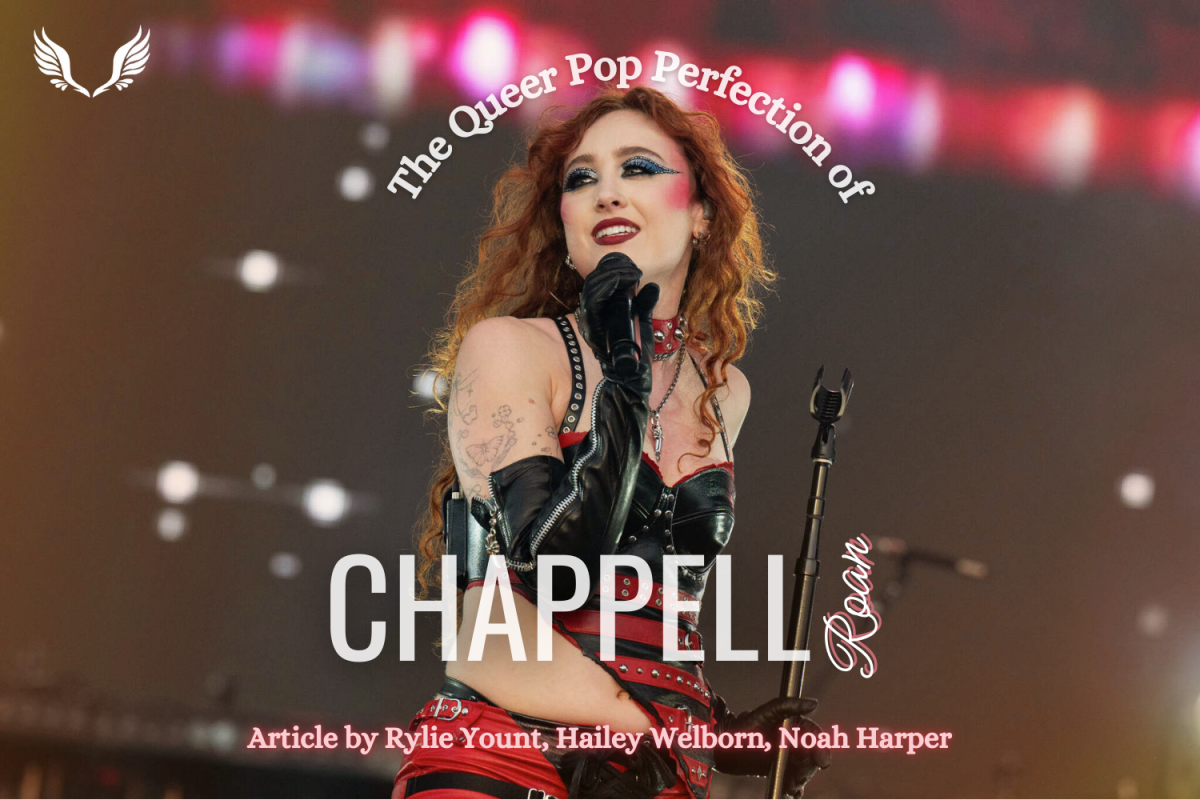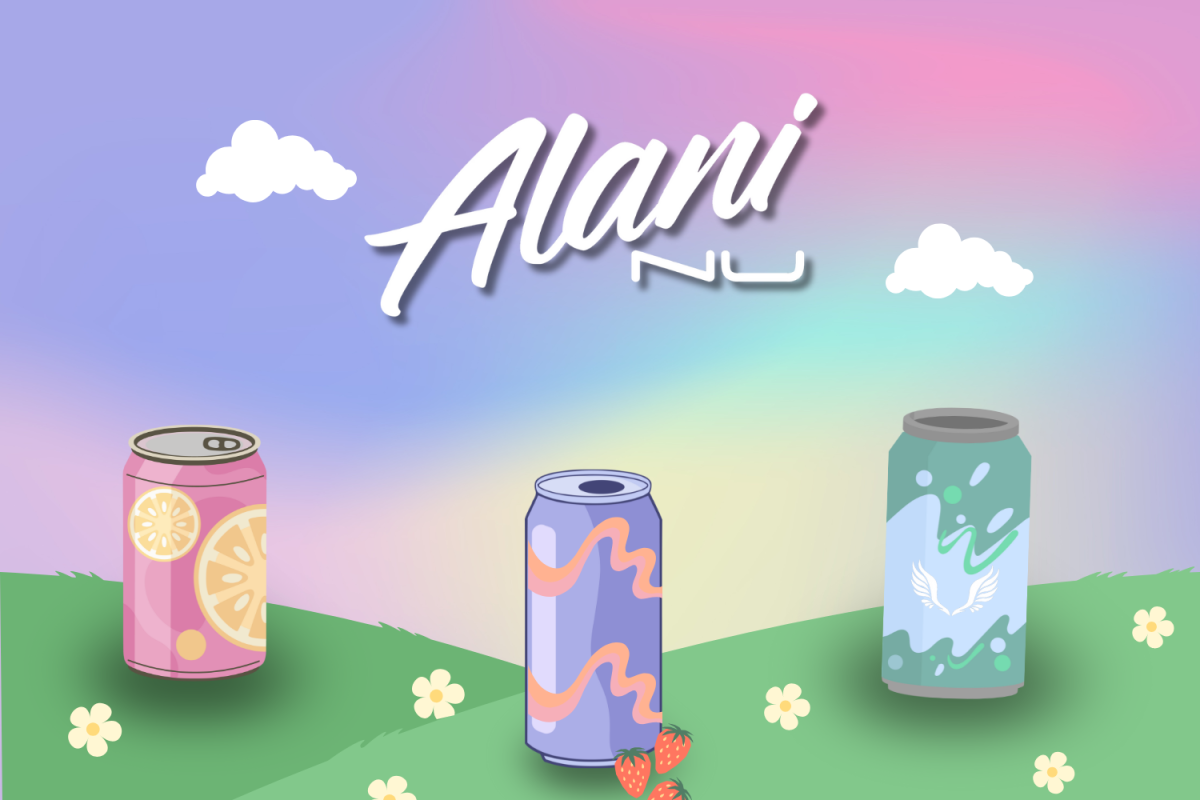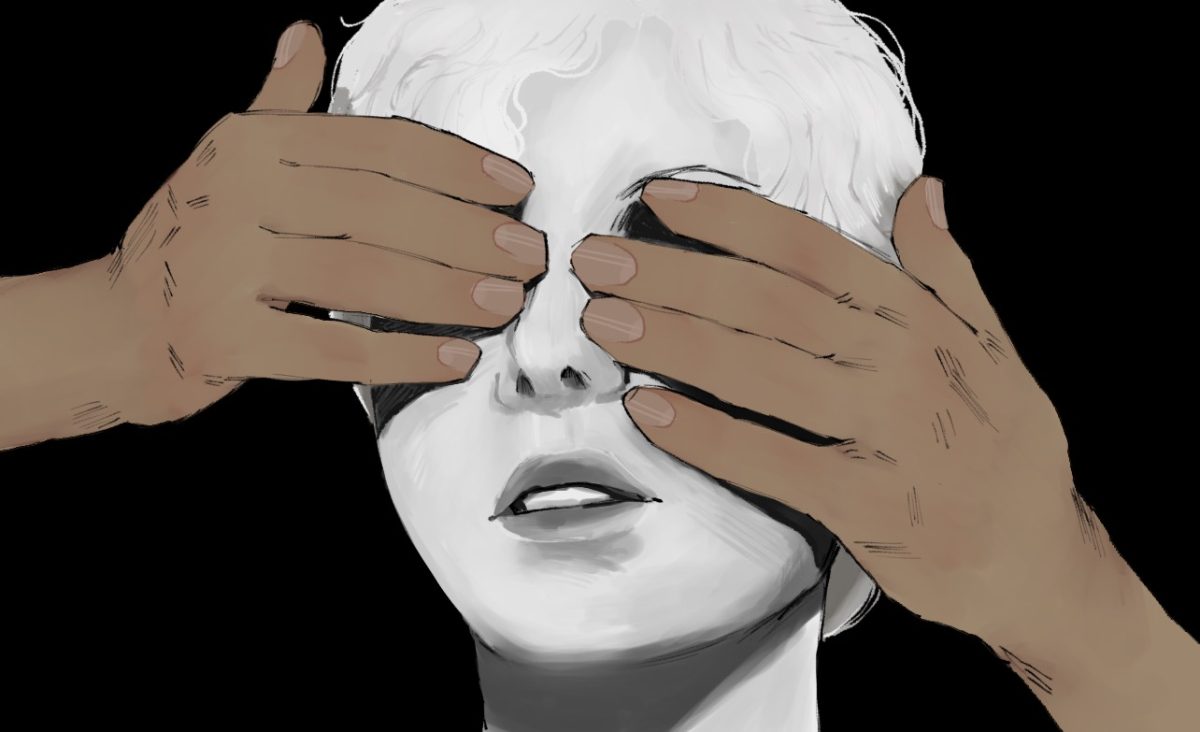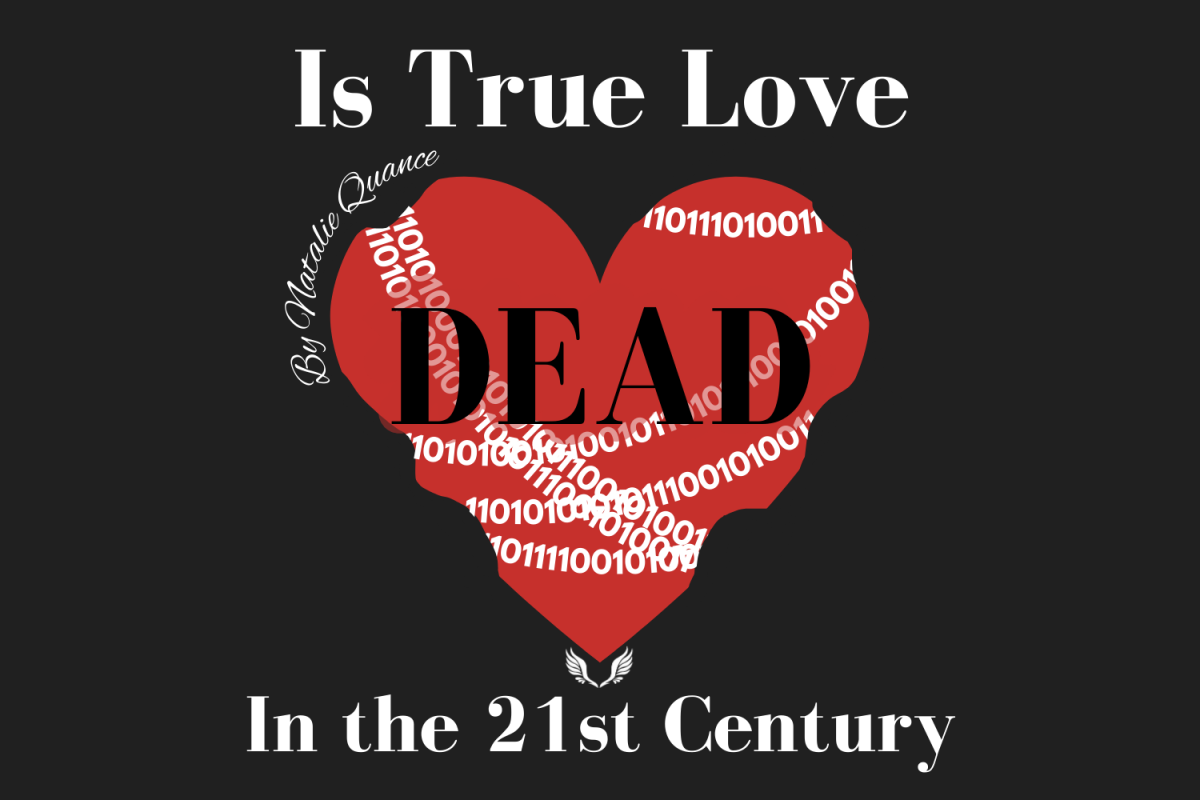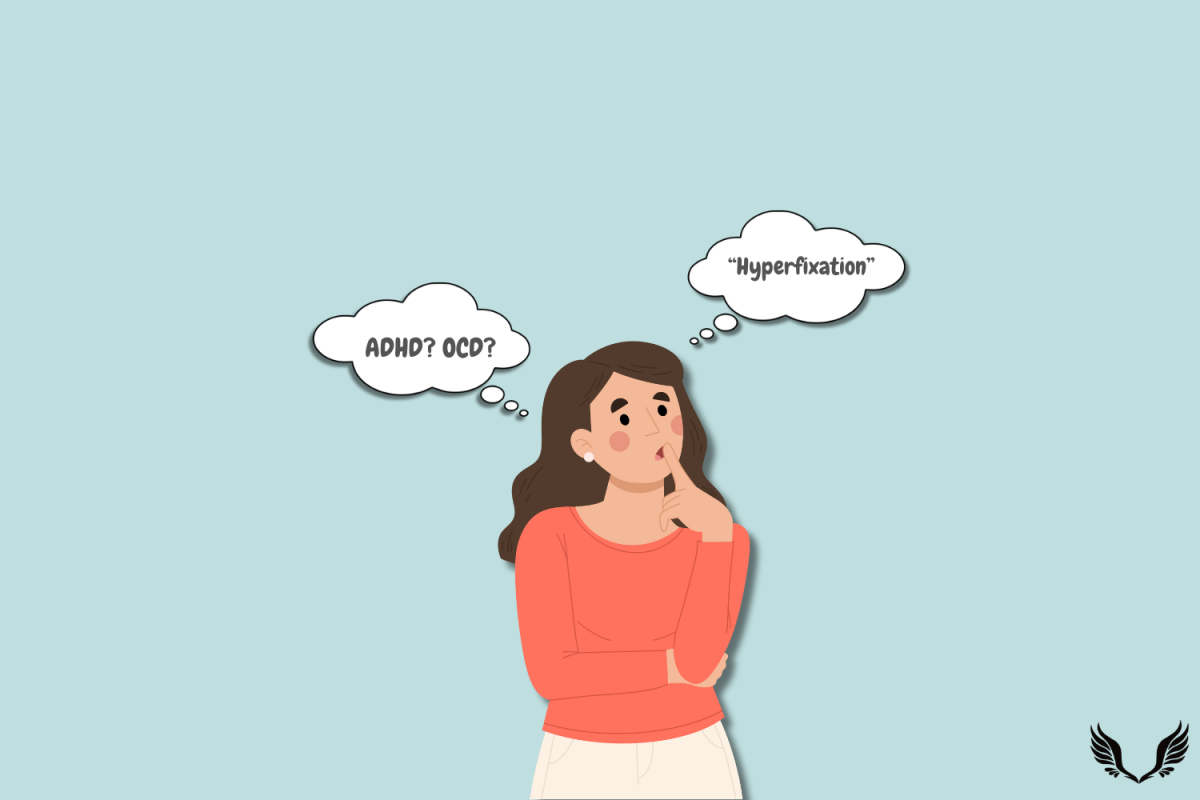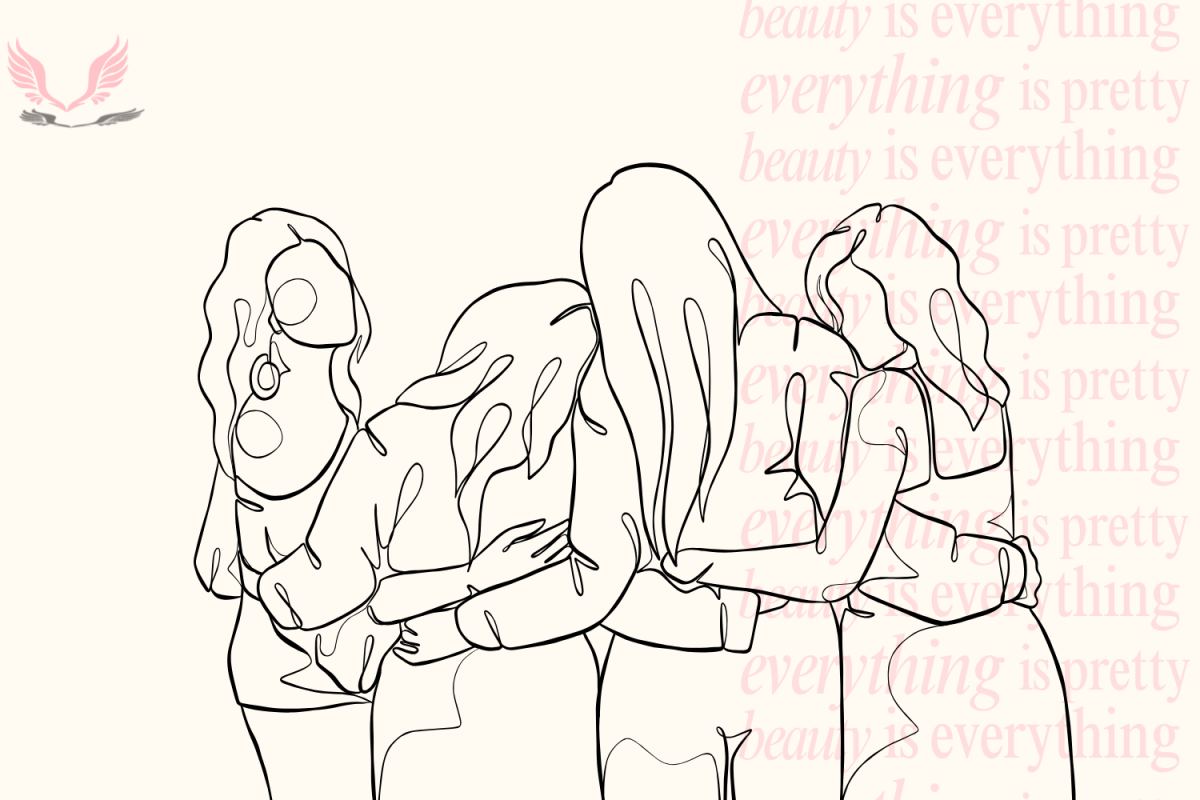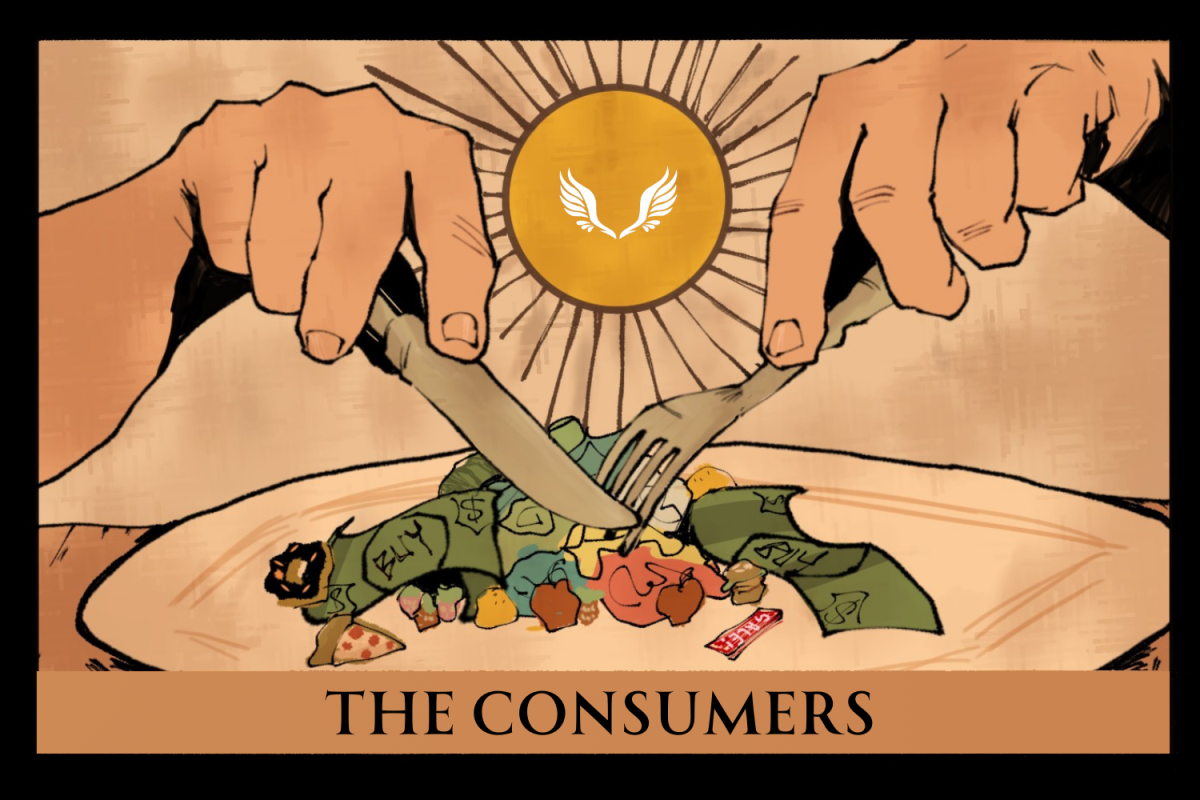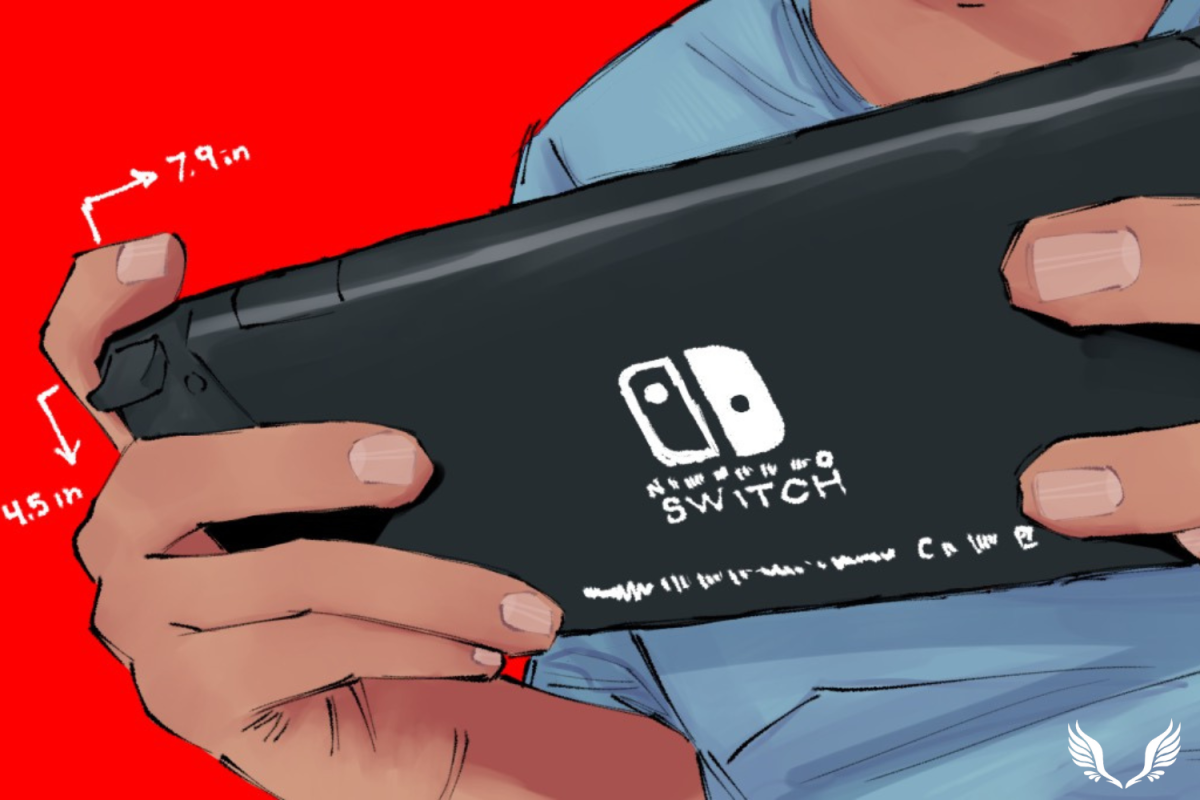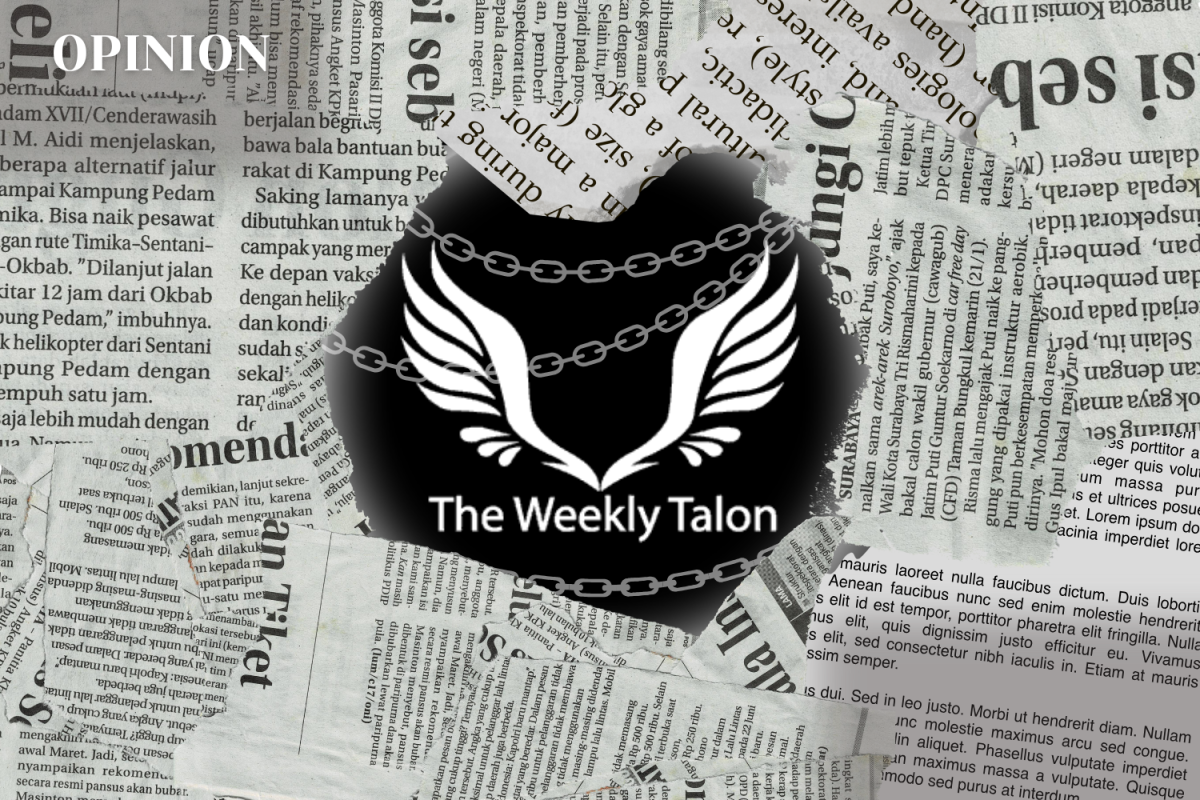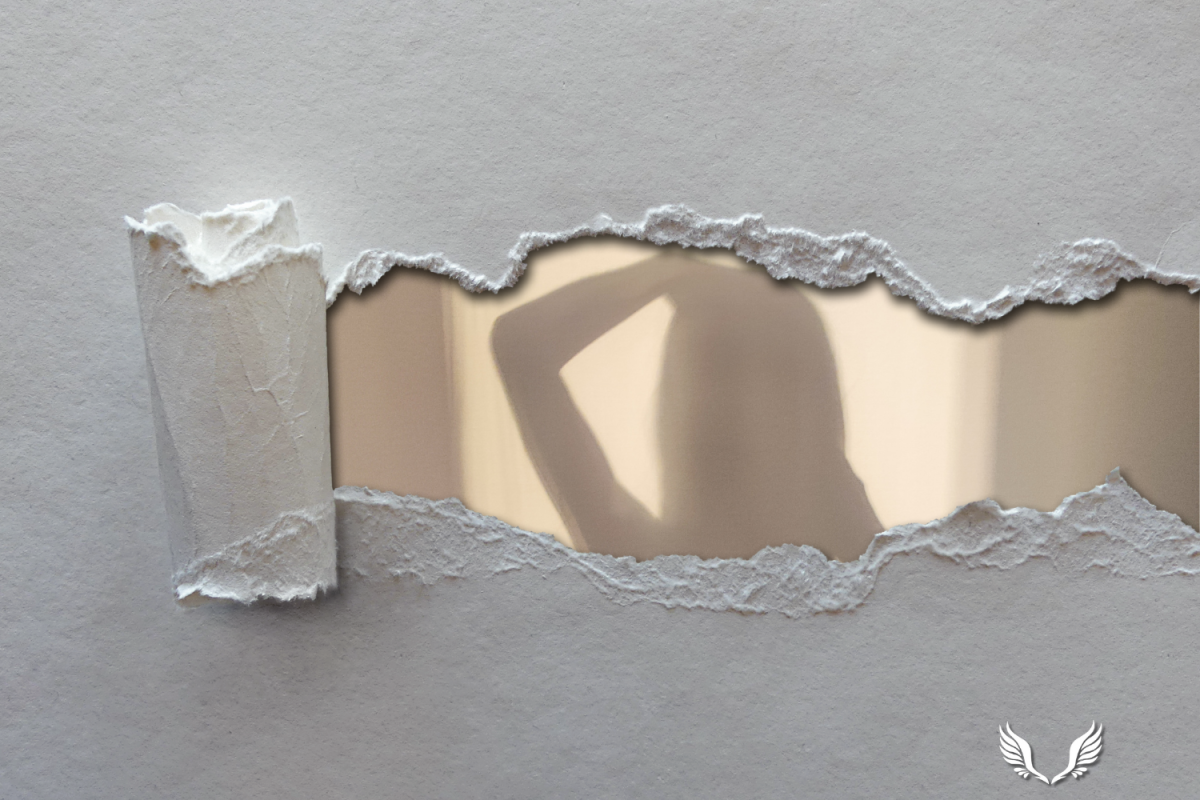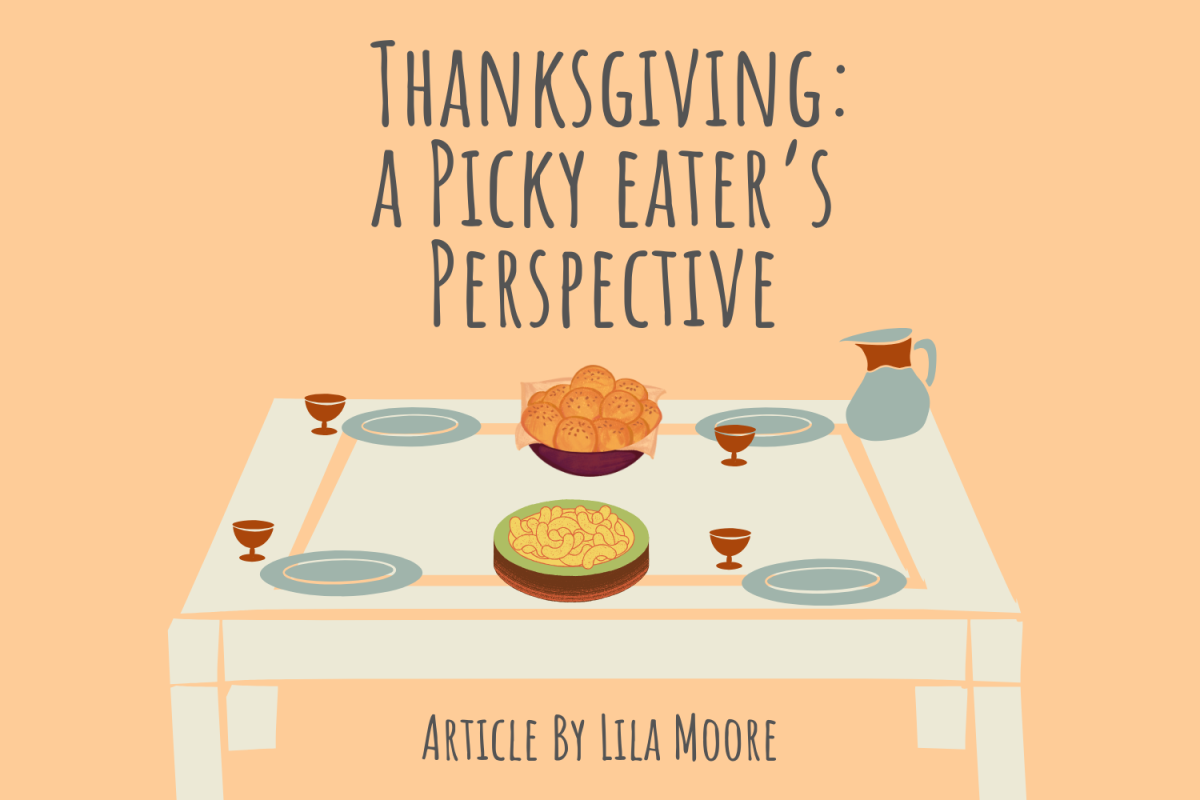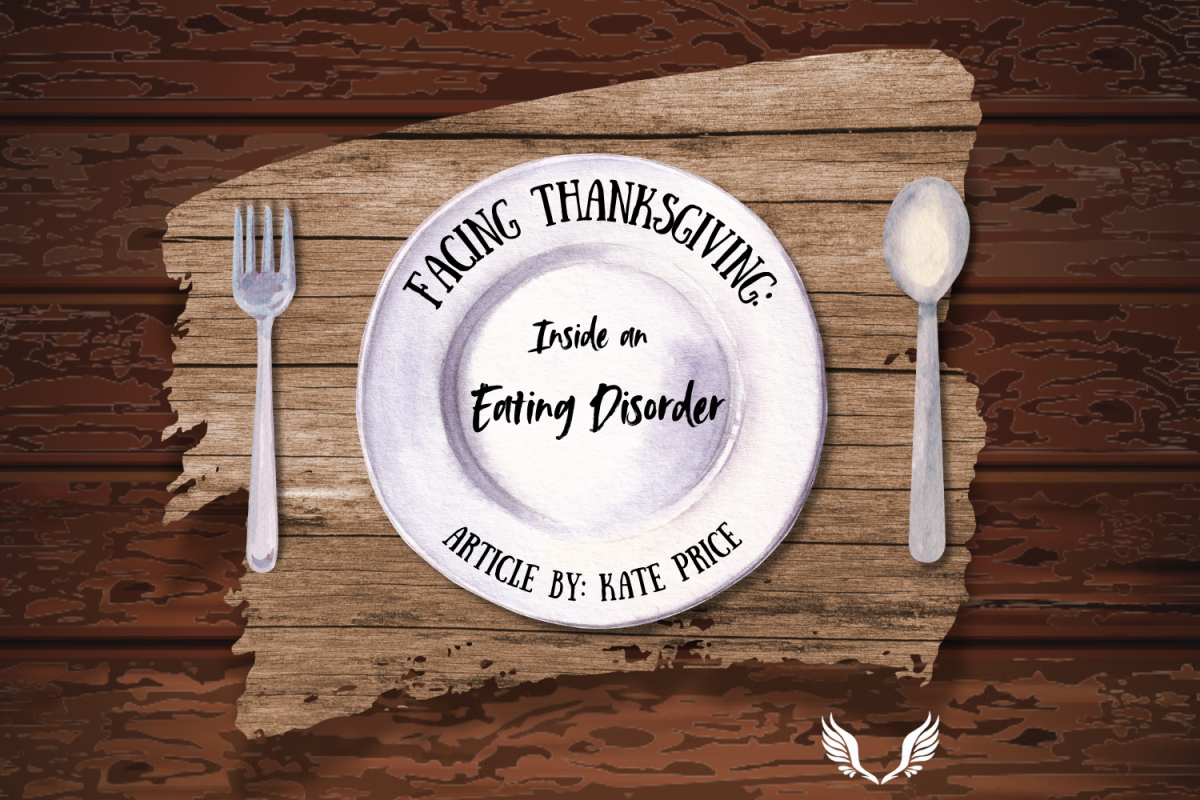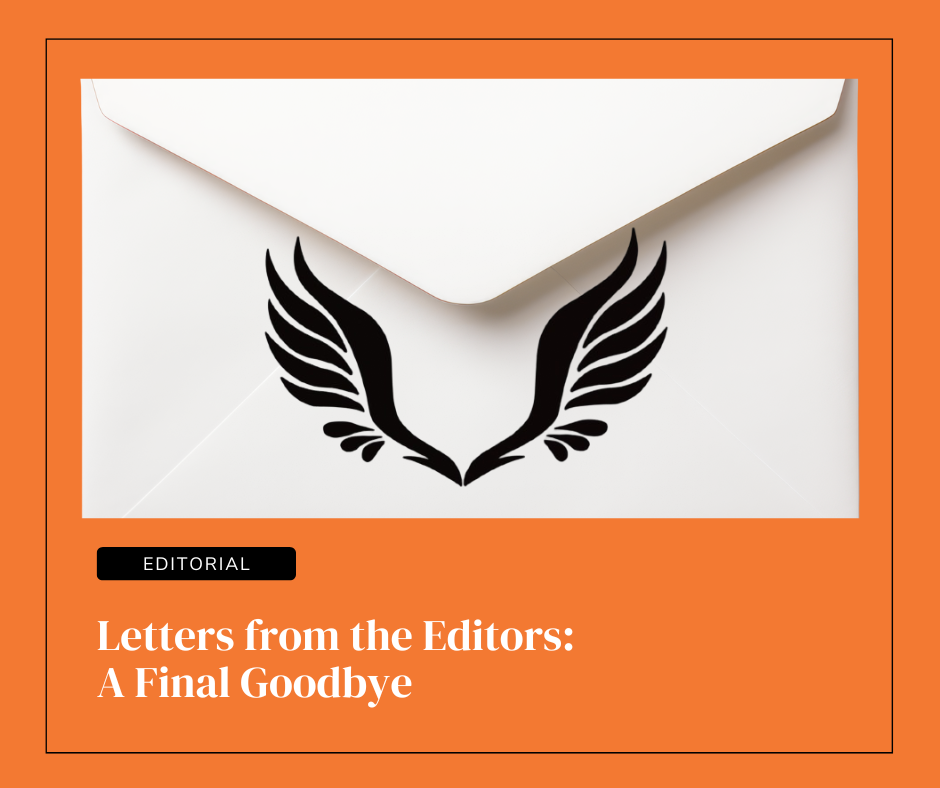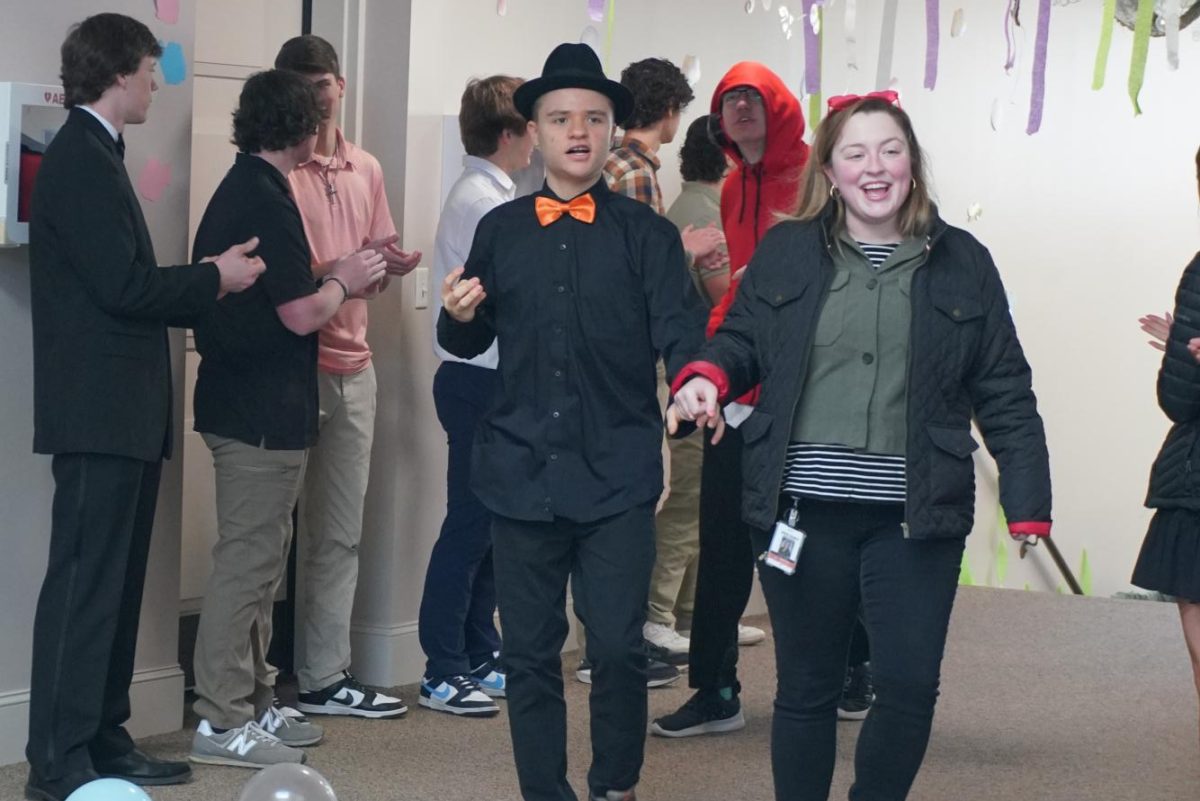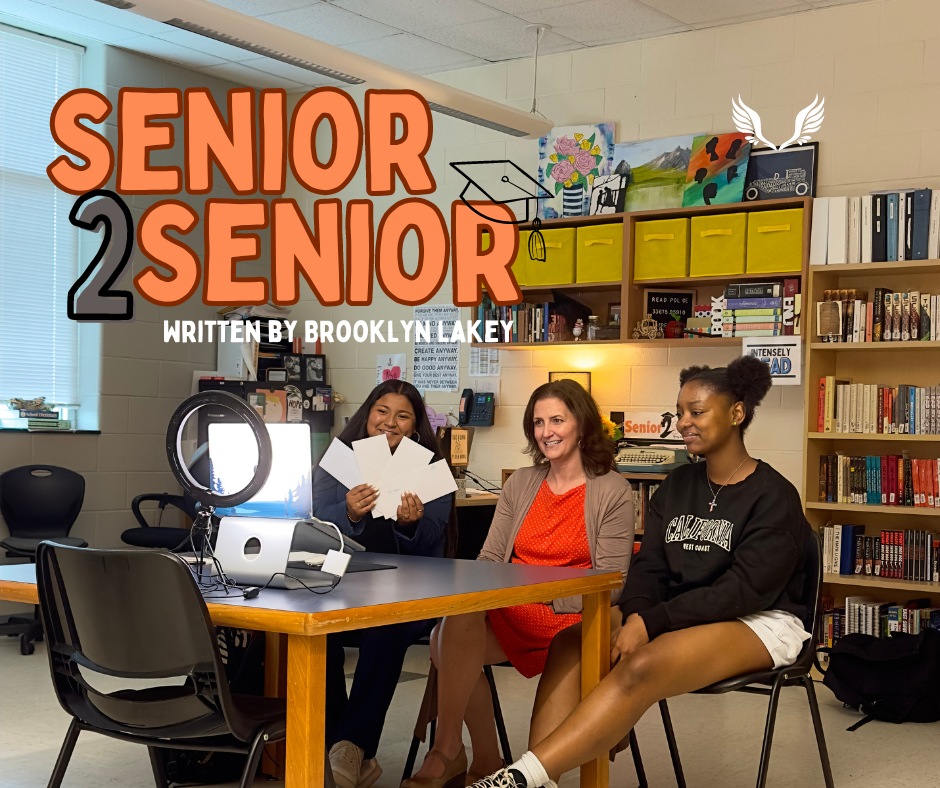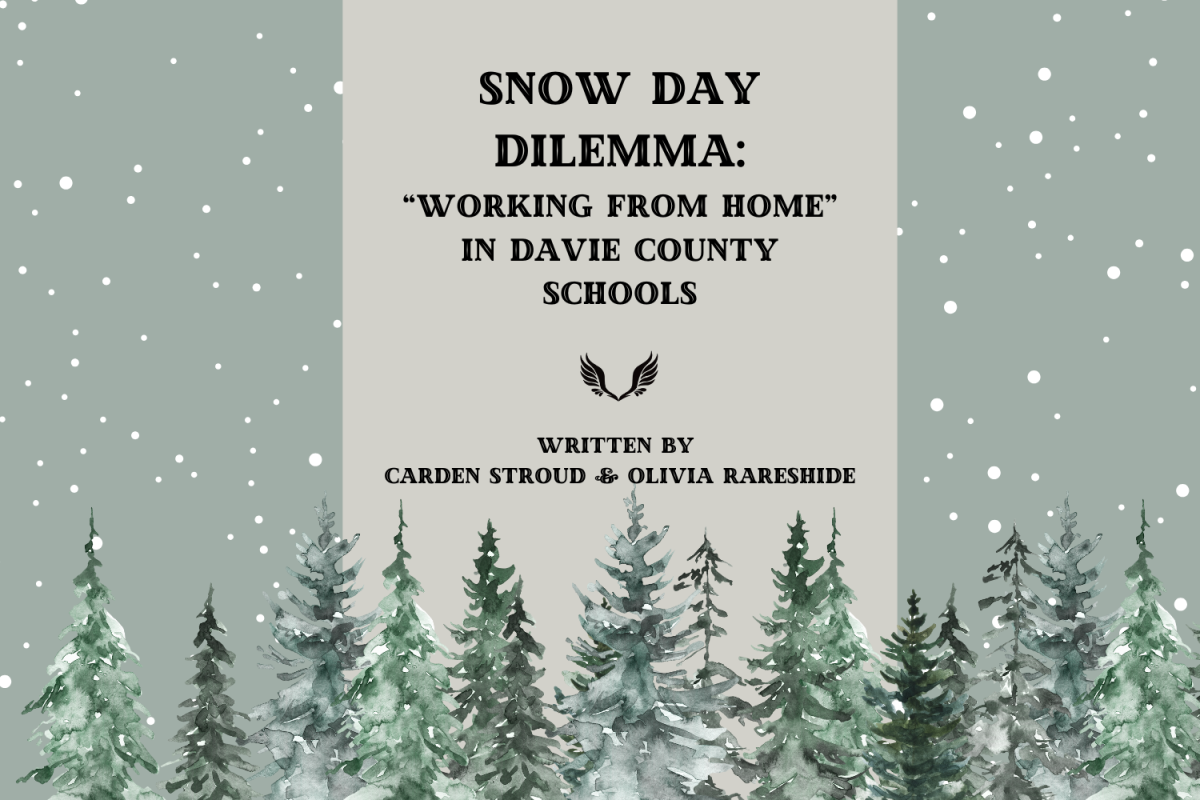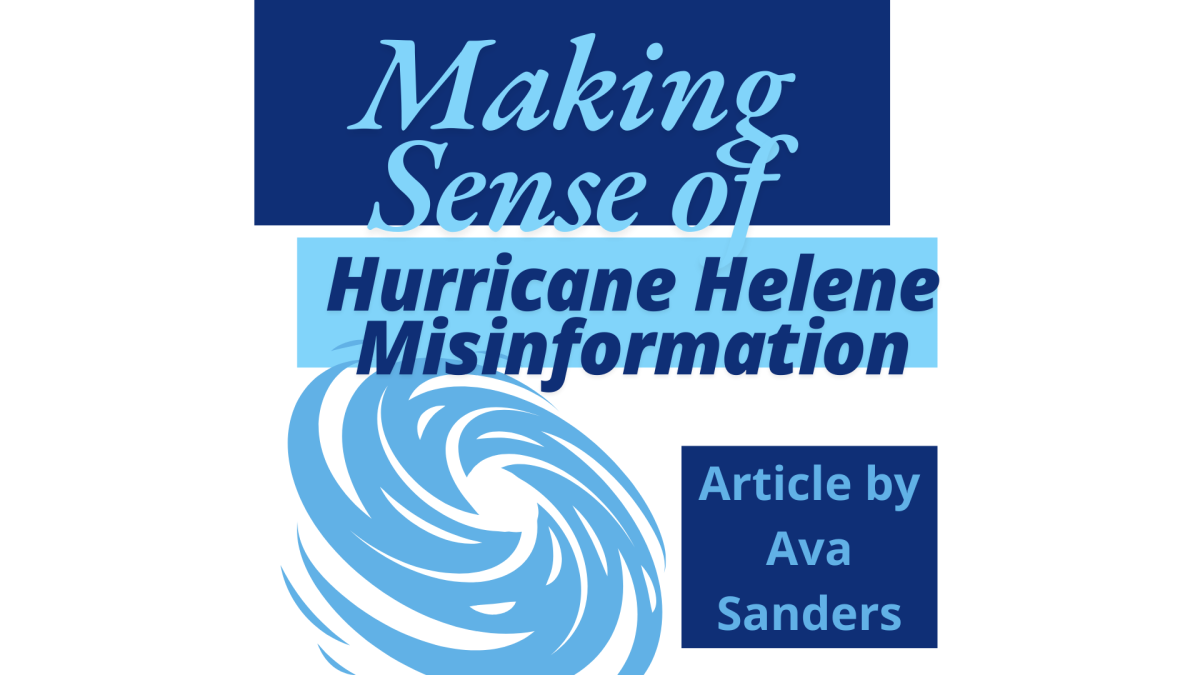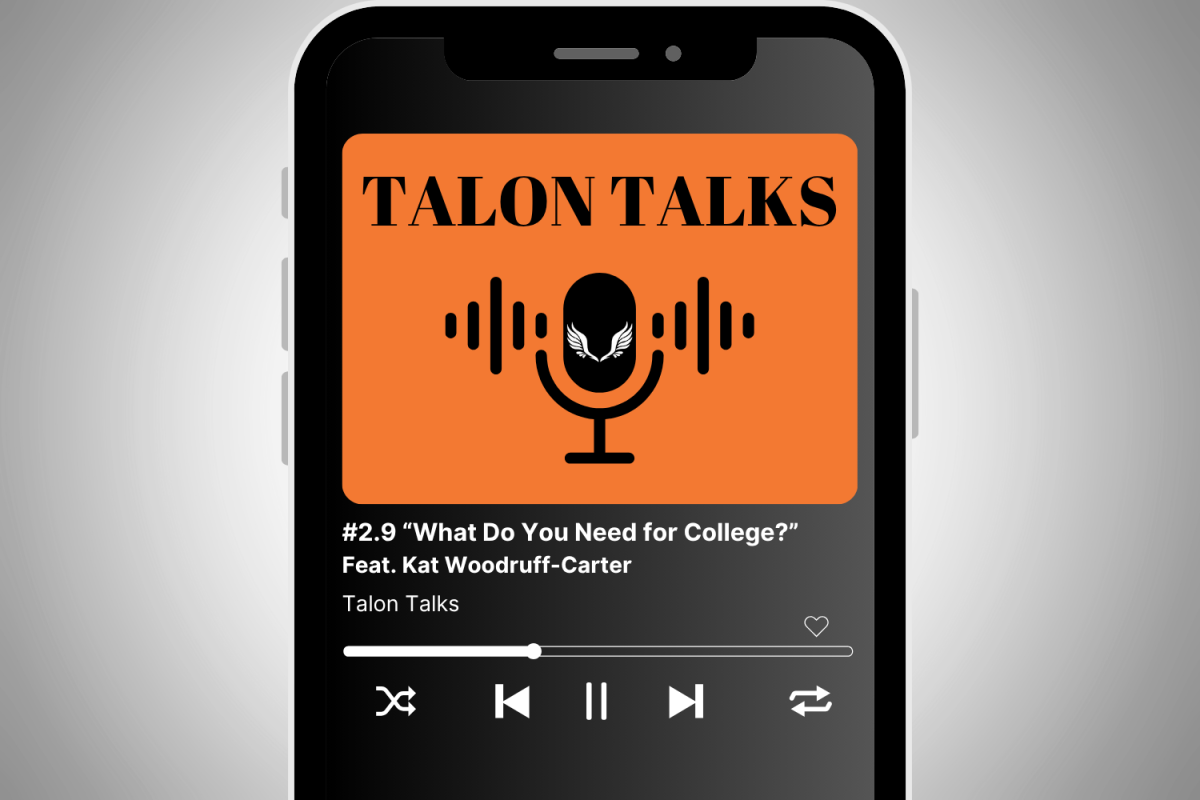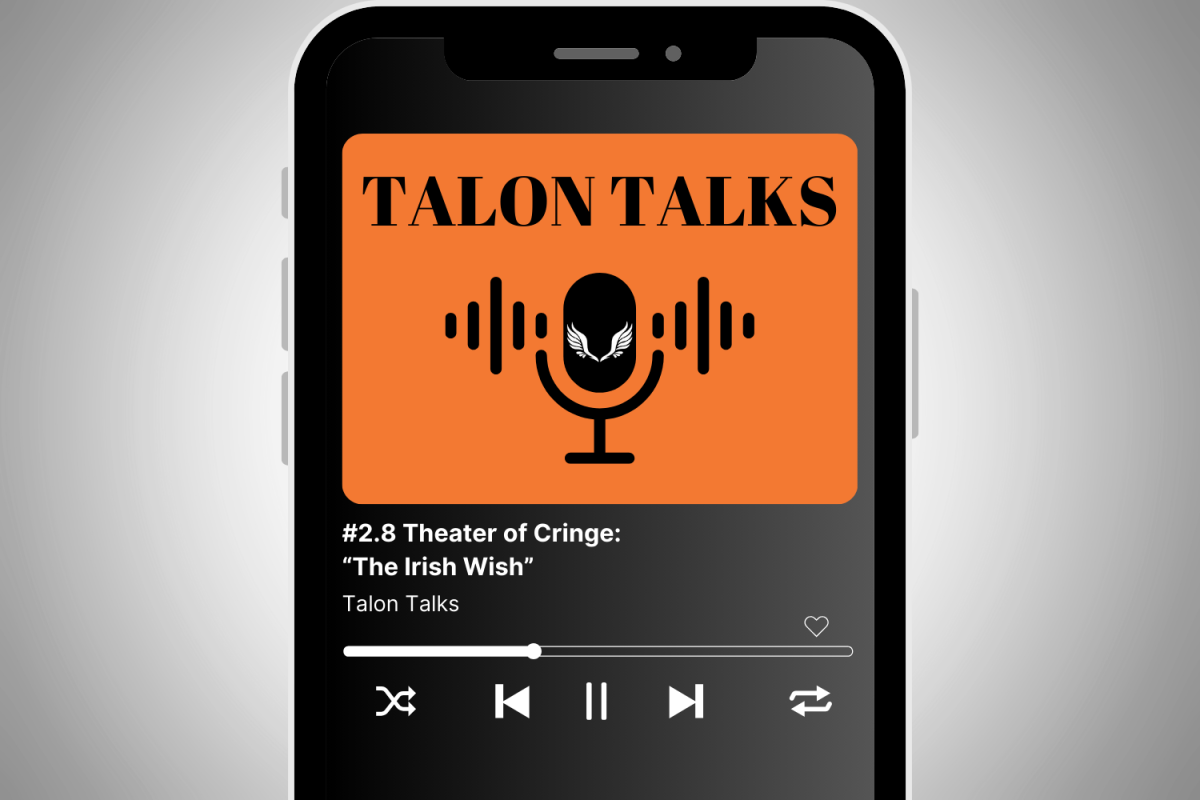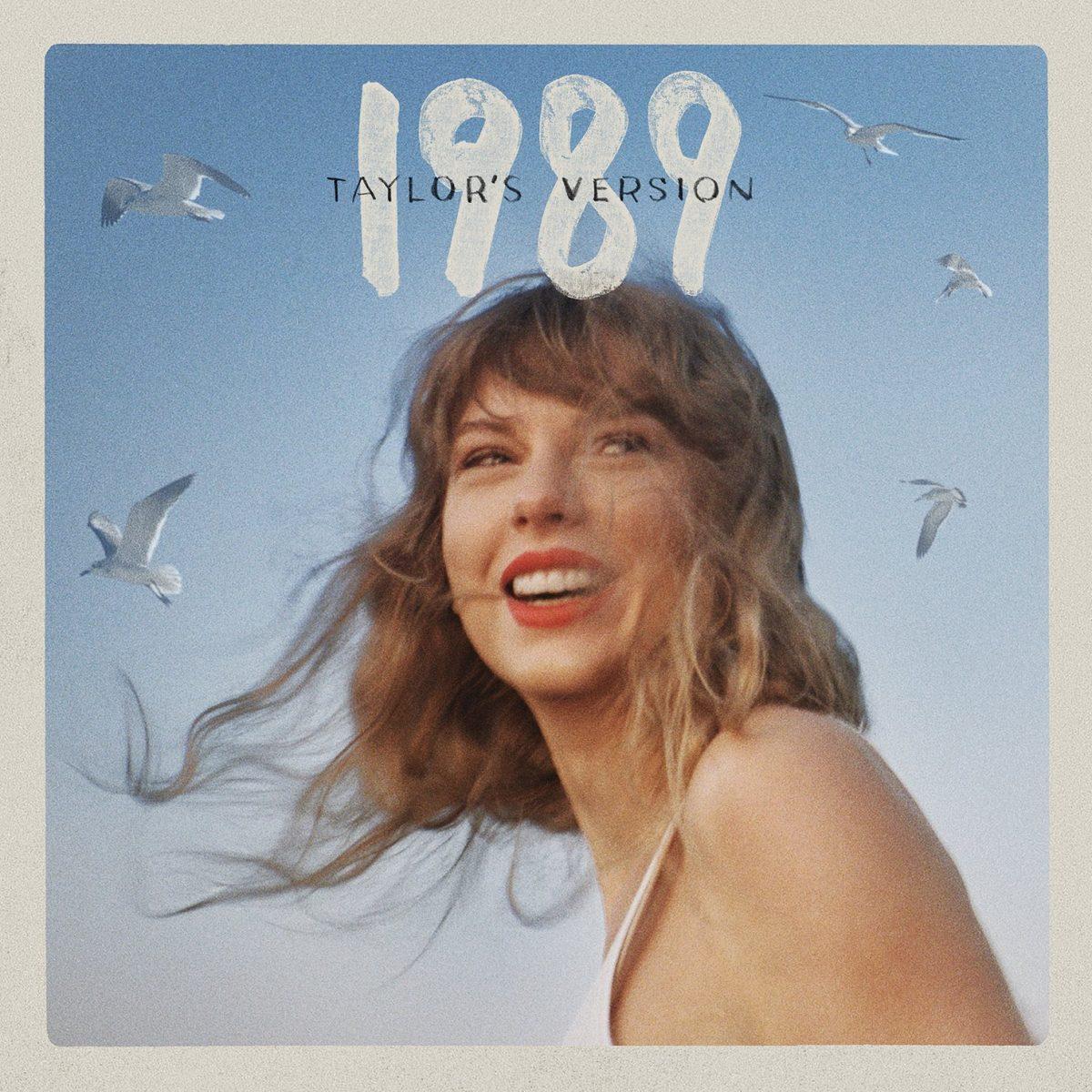Taylor Swift is a woman who is in no need of any introduction. Although limited to a music career, her accolades have been nothing short of astonishing in the last few years. From having the most profitable single-year concert tour of all time to winning 12 Grammy Awards or even being the second artist to surpass 100 million monthly streamers on Spotify, it’s easy to deduce that Swift has been on top of the world plenty of times.
Her best-selling album, 1989, was the album that turned Swift into the pop star she is today. The album contained stream-behemoth pop bangers like ‘Style’, ‘Bad Blood’, and ‘Shake it Off’, all of which were incredibly recognizable records in the last decade. The album would controversially win the title of Album of the Year at the Grammys over Kendrick Lamar’s critically acclaimed magnum opus To Pimp A Butterfly, which is a testament to Swift’s popularity at the time.
There’s no question why Swift would want to revisit this record; she had all the reasons. For one, the royalties she had for the album were not owned by her and were owned by her previous management under Scooter Braun, and for two, the success of the original album was hard to ignore. With her last three “Taylor’s Version” projects—which I thoroughly enjoyed over their respective original albums—it was a no-brainer that 1989 would receive the same treatment soon enough. This prediction would hold as of October 27th—exactly nine years after the original release—1989 (Taylor’s Version) dropped for the entire world to hear.
It’s important to preface this review with my thoughts on Swift’s music before I go into this album. I’ve typically enjoyed her music; some of my favorite albums are Folklore, Evermore, Red, and 1989. But with that, I’ve also disliked a multitude of her works, including Midnights, Reputation, and Lover. With, in my opinion, a very inconsistent discography, I still held out high hopes for this new project. As I stated before, I enjoy her “Taylor’s Version” projects as I feel they revitalize the original work and instill the magic they had upon release. But after listening to 1989 (Taylor’s Version), I felt indifferent to the new mixes.
Let’s start with what I like: I do enjoy some of the new production choices on the album, like making the background voices and synths louder, and just the re-recordings being much cleaner and updated compared to the 2014 version. I also enjoy the new mixes of ‘Shake it Off’, ‘Bad Blood’, and ‘Welcome to New York’—all tracks that I originally disliked and now heavily appreciate with the re-recording. But everything else leaves much to be desired.
One of the most disappointing parts of the album was the mixing, which was so underdeveloped. An artist so rich should be able to afford proper production within their music, especially within a genre so baseless as mainstream pop. You’d think that there would be no issues with such a simple task, but you’d be surprised. With tracks like ‘Style’, which in context was my favorite track off of 1989, the entirety of the production’s original magic was lost. With the vocals so loud and the instrumentation so low, ‘Style’ loses all, for lack of a better word, style and genuinely feels like a demo. ‘Style’ isn’t the only offender in this aspect; tracks like ‘Blank Space’ and ‘Out of the Woods’ repeat the same offense.
But at the base of it, this album is still 1989, and at its core, it’s still incredibly enjoyable. The hooks, instrumentation, and vocals are all captivating (some more than others), and the album is so recognizable in its original mix that it caused me to become more critical of the album. If I were to put myself in the shoes of someone who hasn’t heard the original version, I probably wouldn’t have noticed the production oddities as quickly, or maybe even at all. 1989 (Taylor’s Version) is put at a disadvantage for having such a large task at its disposal, but it’s no excuse for the project, as Swift has shown three times before with Red (Taylor’s Version), Speak Now (Taylor’s Version), and Fearless (Taylor’s Version) that she is more than capable of making an impressive reproduction of a project.
There are new tracks to the project labeled “From the Vault” at the end of their names, a trend with all of the “Taylor’s Version” projects to provide new material to the album to sweeten the package. Typically, these “From the Vault” tracks contribute a lot to the project, adding material that is on par with or even better than the source material. But 1989’s “From the Vault” tracks don’t feel like that in any way. My interpretation of these tracks is that they are throwaways from her 2022 project Midnights, an album that I already disliked for the reasons that it was monotonous, repetitive, and derivative. Those three aspects follow with these “From the Vault” tracks; they don’t add anything to the album and honestly feel like a lazy attempt at padding out the record’s content to generate more hits rather than an attempt at having B-sides that are repurposed with the intention of creating true artistry matching its predecessor.
The Swiftie Perspective
I understand my perspective as a non-Swiftie can be flawed in the aspect that I wouldn’t understand the intricacies of her artistry as much as a long-time fan, so I decided to interview self-proclaimed Swiftie and senior at Davie Kat Woodruff-Carter. Here are the questions and answers, as follows:
What are your first thoughts on the album? Did it live up to your expectations?
“My first thought on the album is how much her breath changed. In a lot of her early music, you can tell she lacks breath support, and watching that change over time is astonishing. Expectations were low, but still, I love the new music.”
How did you feel about the new “From the Vault” tracks?
“The vault tracks are very different from the music she was producing during that time. It feels more like Midnights, which I think is what she wanted to do all along, but lame-o Scooter Braun wouldn’t let her. Obsessed with the fact that ‘Sl*t!’ was a love song.”
What about Taylor’s music gravitates you towards it?
“The thing I love most about Taylor’s music is how poetic it is. That’s why Red, Folkmore, and Evermore are my favorites.”
If you could give a numerical score for the album from 1 to 10, what would you give it?
“This album has always been and will be a 6.5/10.”
With a fresh perspective on the album from the interview, I can say that a lot of my criticisms still hold, but I can acknowledge Swift’s clearly shown natural progression through her projects. I also found that I agreed with Woodruff-Carter that the Vault tracks were quite similar to the material off Midnights but disagreed on their level of quality compared to the original 1989.
Final Verdict
Taylor Swift’s 1989 (Taylor’s Version) proved to be a divisive record in the sense that it felt unfinished in some regards but also fully realized on some other tracks. But the album committed transgression in the way it removed a lot of the magic from its source material, especially in key tracks like ‘Style’ and ‘Blank Space’. For a Swiftie, this rerecording may suffice to satisfy the insatiable urge for new material from Swift, but for me, it leaves much to be desired and makes me come off of it disappointed, especially in comparison to the original record that it’s revitalizing.
Album Rating: 3 out of 5 stars

